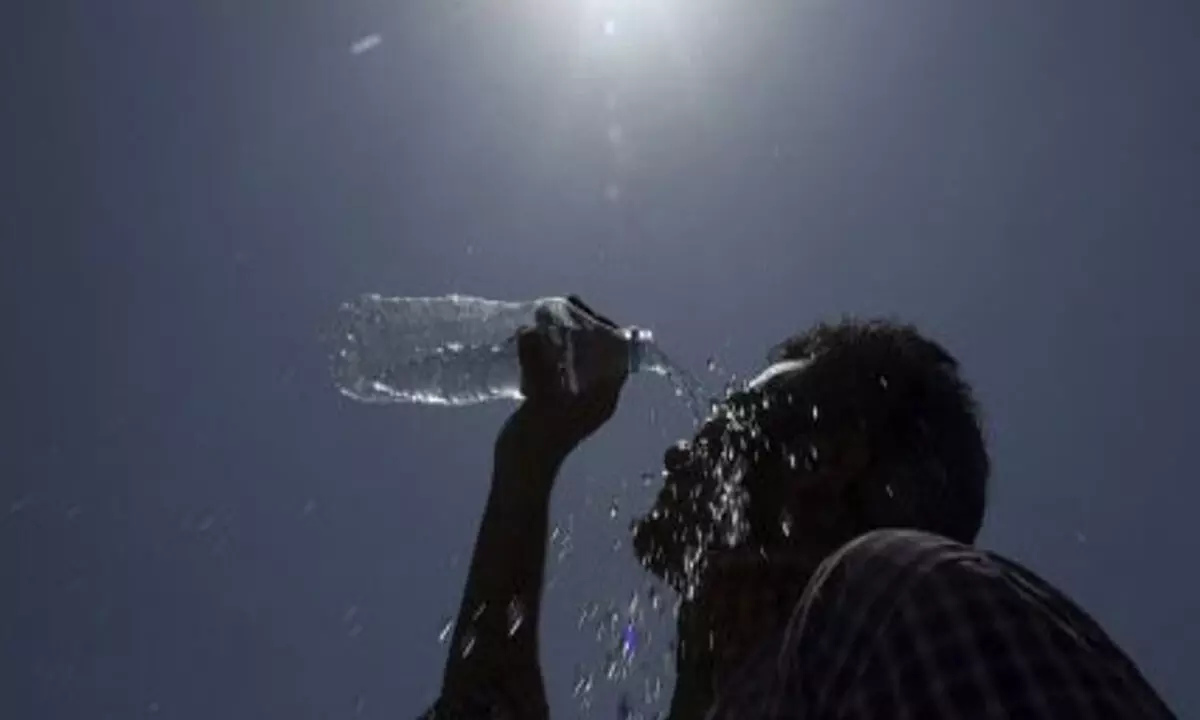Delhi’s outdoor workers, low-income households bear brunt of deadly heat

Sitting under a tree, Suman Mandal strenuously fans her two-year-old son on a hot summer afternoon near a construction site in southeast Delhi’s Sewa Nagar.
New Delhi: Sitting under a tree, Suman Mandal strenuously fans her two-year-old son on a hot summer afternoon near a construction site in southeast Delhi’s Sewa Nagar. The mercury has soared to 46 degrees Celsius and Mandal, 37, and her two children -- the other aged four -- are visibly sluggish. “It is very difficult to work in this heat. But I cannot skip work or I will lose income,” she said, adding the heat also takes a toll on her children.
Wearing a checkered scarf to shield himself from the searing sun, Sanjay Verma, 49, zigzags across south Delhi for eight hours, delivering food. He says the crippling heat is slowing him down. “I take a break and drink water every 30 minutes, otherwise I will faint or drop dead.”
As parts of India grapple with extreme heat, outdoor workers, the elderly and children are particularly affected. People are less productive during hot weather and children struggle to learn. While experts say spells of extreme heat have become more frequent and severe due to climate change, a new analysis shows Delhi logged a high of 40 degrees Celsius or above on more than 150 days in eight of the last 10 years. Only one year (2007) saw the mercury exceeding 40 degrees Celsius for more than 150 days in the previous two decades.
The International Institute for Environment and Development’s (IIED) analysis of temperatures in the world’s 20 biggest capital cities also shows Delhi reached or surpassed 40 degrees Celsius on 1,557 days (around 43 per cent) in the last 10 years. The IIED analysed only airport site data for consistency across cities. The data from the Indira Gandhi International Airport has been used for Delhi. The densely packed city recorded temperatures above 40 degrees Celsius on 1,254 days (around 34 per cent) during 2004-2013 and 1,180 days (around 32 per cent) during 1994-2003, the analysis shows. Anna Walnycki, a principal researcher on IIED’s human settlements team, said the alarming rise in extreme heat events in India due to climate change is significantly impacting health, wellbeing and productivity of all, especially those living in low-income and informal communities.















